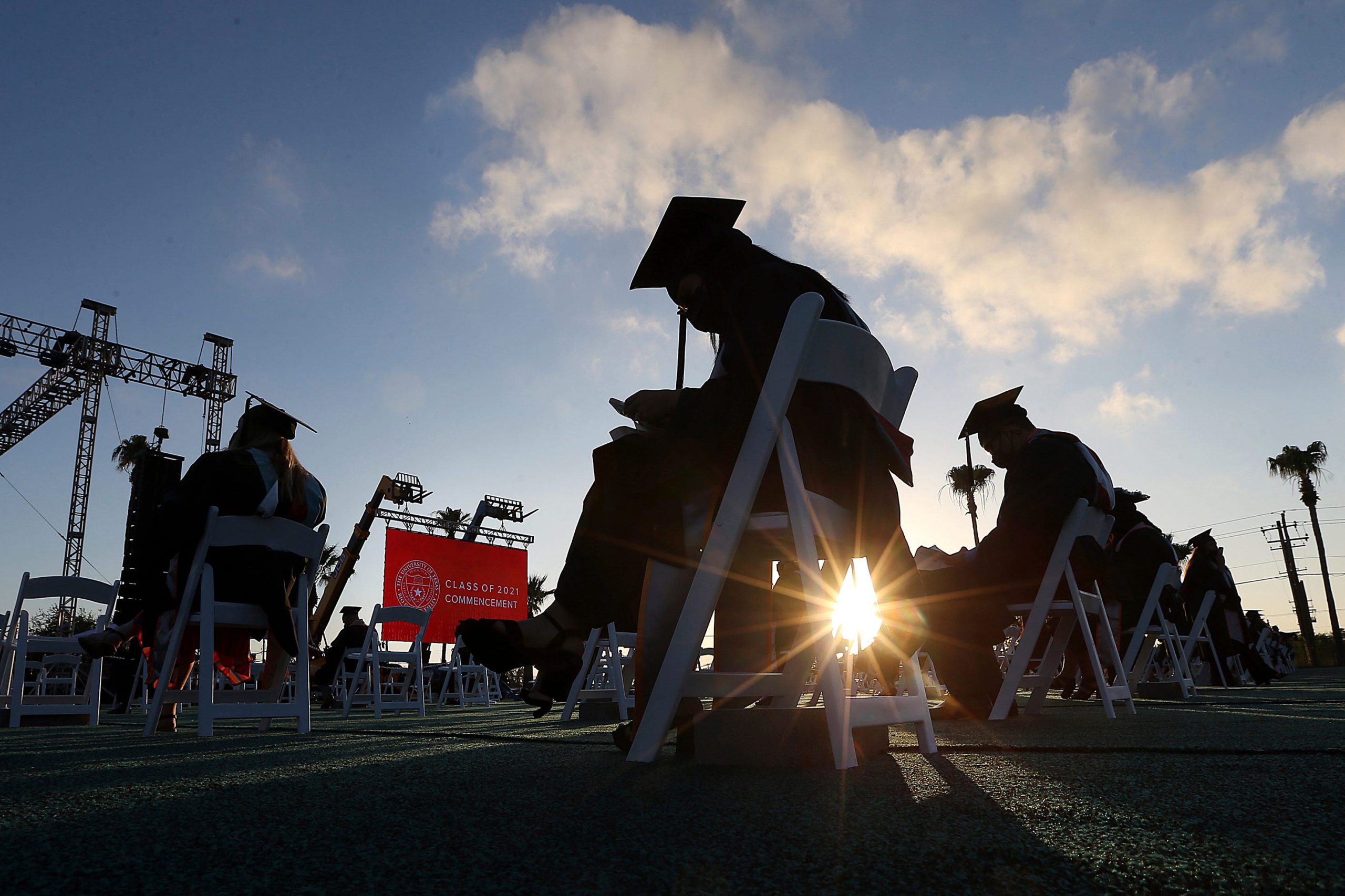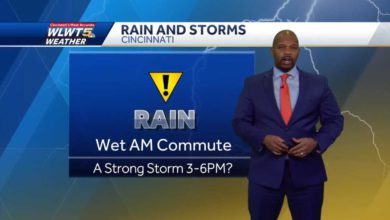

WASHINGTON – For nearly two years, most student loan borrowers have been spared the obligation of making payments on their balances. Their interest rate has also been frozen, and for the millions in default, the collection calls have stopped.
That officially ends in February. As President Joe Biden's administration had promised, the payment process will restart for 41 million Americans in the month of February, White House Press Secretary Jen Psaki said last week during a press briefing. More details about how the restart will work will be released in the coming weeks, the Education Department said in a statement Wednesday.
Some borrowers have been hoping the pause on payments would be extended. There is precedent. Both former President Donald Trump's and Biden's administrations previously had extended the moratorium weeks before payments were expected to resume. Indeed, as recently as Wednesday, top progressive Democrats asked Biden to issue another extension, citing the economy and uncertainty around the omicron variant of the COVID-19 virus, Politico reported.
But the administration has long broadcast its plan to resume payments on Feb. 1. "A smooth transition back into repayment remains a high priority for the Administration," the Education Department said Wednesday.
While payments were paused, the nation’s $1.7 trillion student loan debt portfolio kept growing. Progressive lawmakers have been pushing Biden to use his executive power to forgive student loan debt en masse. Critics of loan forgiveness, however, say such a move would be a one-time solution and disproportionately benefit those with higher wages and loan balances.
When do student loan payments resume? What if I can't afford them?
That answer will vary from borrower to borrower, but many payments will resume in February. The Education Department has said borrowers will receive some form of notice at least 21 days before their first payment is due. Borrowers can also contact their loan servicer for the exact date their payments restart.
Those seeking relief from their student loan payments – for instance, because they don't think they can afford them – will likely have to rely on one of the government’s income-based repayment programs. The federal government already has started informing borrowers about the income-based repayment plans available to them.
In a statement Wednesday, the Education Department also said it had been working with servicers to ensure they're ready to help borrowers when payments restart.
What will happen to interest rates?
During the pandemic pause on payments, the federal government had also set interest rates at 0% on student loans – leading some borrowers to pay down their loans aggressively. But the standard rate is set to resume in February as well. Rates vary by loan, but that information should be available on loan servicers' websites or on the Department of Education's financial aid website.
As payments restart, roughly 1 in 3 borrowers will have a new loan servicer. The Education Department has already started emailing affected borrowers, but people should be sure they're checking their email or physical mail for updates.
A move to a new servicer may also mean that borrowers who had automatic payments enabled may need to update their bank information. Those enrolled in income-driven repayment plans will still be eligible with their new servicer.
What about student loan forgiveness?
The Biden administration is expected to release more information about repayment steps in the coming weeks, but it's unlikely to include new information about widespread loan forgiveness. Biden has said he is in favor of erasing up to $10,000 in loans per borrower, though some progressive lawmakers want that figure at $50,000 instead.
Either way, details about widespread forgiveness remain sparse. With deep disagreements among Democrats, concrete action seems far off.
Psaki shifted blame to Congress Tuesday when asked about the president's initial plan to forgive debt.
"If Congress sends him a bill, he’s happy to sign it," Psaki said. "They haven’t sent him a bill on that yet."
Instead, the Biden administration has expanded the government's sometimes-rigid relief programs for struggling borrowers. For example, the federal government expanded debt relief for those who were defrauded by their colleges or are permanently disabled. And most recently, it loosened some of the requirements around Public Service Loan Forgiveness.
Student loan forgiveness:Who is eligible and how to apply under Biden’s overhauled relief program
Thousands of borrowers had applied for forgiveness through the program, but most had been turned away. The federal government estimated its changes would allow more than half a million borrowers to have their debts erased more quickly, and that tens of thousands of borrowers would receive immediate relief.
Borrowers who think they may be eligible for Public Service Loan Forgiveness under the administration’s new rules have until October 2022 to apply for inclusion in the program.









